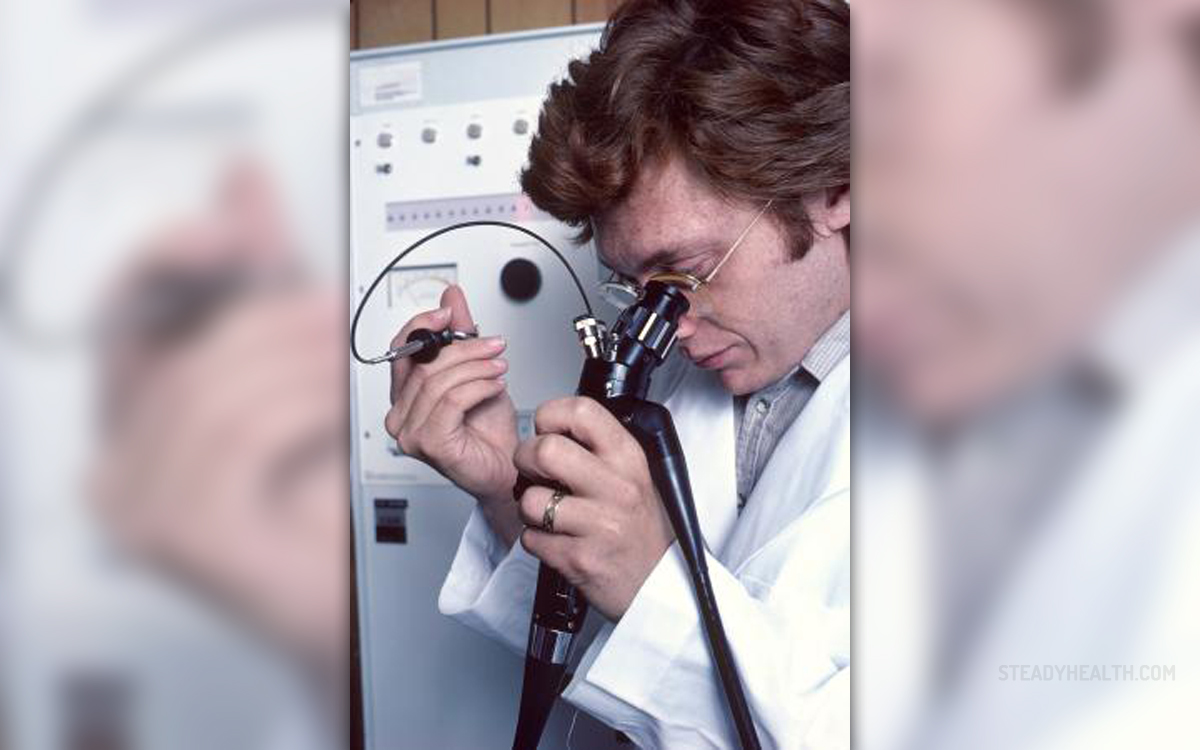
Endoscopy is a diagnostic procedure that involves inspecting the inside of the body, for medical reasons, using an endoscope. The very name “endoscopy” means “looking inside”. Endoscopy, is the examination of the interior of the interior or cavity in the body. The long and thin tube, which has a light and a video camera device on top, is used to look inside the body cavity. The endoscope is inserted through a natural opening, such as the mouth during a bronchoscopy, the rectum for a sigmoidoscopy or the vagina for a cystoscopy. The whole endoscopy is recorded, for reference, so that doctors can recheck it or for consultation with others on the best treatment for the patient.
What is an endoscope?
Endoscope usually consists of a flexible or rigid tube and has a light that illuminates what the medical doctor wants to examine. The optical fiber system, which extends inside the tube delivers the light to the top of the endoscope. The endoscope also has a lens system that transmits an image to the viewer from the fiberscope, and an additional channel to allow the entry of medical instruments or manipulators. This is a minimally invasive diagnostic procedure.
Modern endoscopes are made in the form of wireless capsules. The patient swallows a capsule, which wirelessly sends video recordings or images of the body’s interior. The capsule is removed from the body with other biological waste, when the patient has bowel movements. Wireless capsule is very small and easy to swallow. It has a camera attached to it. Another receiving device is placed on the patient’s belt to record the images sent by the capsule. This procedure lasts for eight hours and it is completely painless.
What is an endoscope used for?
Endoscopes have many uses today. The primary use is to observe and record what is inside the patient’s body. However, it can also sends pulses of heat and electricity to destroys small tumors or gallstones. Most endoscopes will enter the patient via the anus, throat, urethra or a small incision made in the skin. Specialized endoscopes are used for examinations of the air passages and the lungs, the colon, the small intestine, stomach and esophagus, the joints, a woman’s uterus or the urinary bladder. Wireless capsule endoscopes are used to examine why a patient is bleeding in the digestive system with no clear cause. It is especially beneficial in diagnosing bleeding and Crohn’s disease in children.






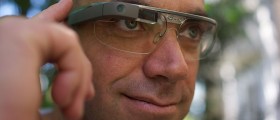
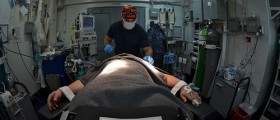

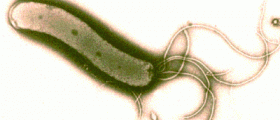






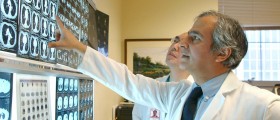
Your thoughts on this
Loading...